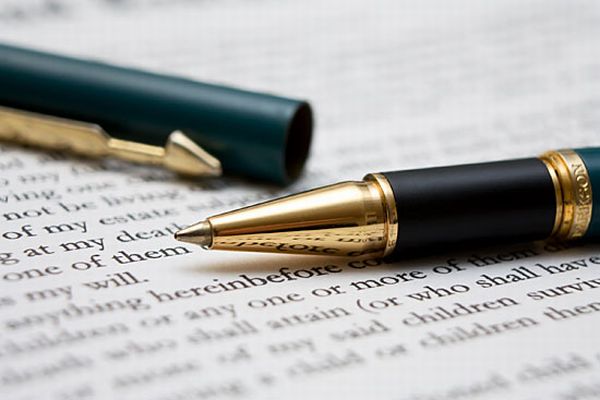Almost every product and service offered today comes with some kind of “fine print.” You know the stuff – disclaimers, warranties, terms of service, extensive warnings, and many other things. The fine print is just the icing on the cake, where legal writing is concerned; here, we’ll take a look at some of the finer points of the art of legal writing.
Legal Writing Categories
There are two main types of legal writing. The first is legal analysis; the second is legal drafting. In the US, most law students are required to learn at least the basics of each. Legal analysis is two-sided; first, it consists of predictive analysis, and second, it consists of persuasive analysis. Legal drafting is undertaken with the goal of producing legally binding text. There are additional types of legal writing; these concentrate mainly upon writing appeals and on many interdisciplinary aspects of the art of persuasion.
Legal Analysis
Legal memorandums are the most common examples of predictive legal analysis; these include client letters and legal opinions, plus they predict the outcome of legal questions by analyzing the authorities that govern legal questions and examining relevant facts which gave rise to the question in the first place. These formally written pieces are well organized to meet the reader’s needs.

The most commonly seen types of persuasive legal analysis include motions and briefs, along with attempts to persuade deciding authorities to decide in favor of the author’s client. These may be submitted to judges, mediators, and arbitrators, among others. This type of legal writing tends to be rhetorically stylized, and rarely if ever does it present a neutral analysis.
Legal drafting includes rules, regulations, public and private contracts, personal legal documents such as trusts and wills, and various public legal documents such as instructions and notices. No legal authority citation is required, and legal drafting projects are normally written using an authoritative, yet easy to understand voice.
When is Plagiarism Allowed in Legal Writing?
This might seem like a trick question; the fact is though, that in some instances plagiarism is tolerated – in fact, it is expected. When writing persuasive documents and objective analyses, legal professionals must follow standard plagiarism rules, properly attributing source authorities and quotations. In addition, plagiarism is always prohibited in seminar papers, law review articles, and other academic work; in general, anything in which the author’s original thoughts are represented may not be borrowed from without citation.
Within the confines of a law office, lawyers frequently borrow from one another without need for attribution, often using well-phrased, successful arguments that were made in previous briefs. Plagiarism is also accepted in legal drafting, mainly due to the value precedent holds; in addition, templates and formats are used extensively when documenting many types of documents. Almost all lawyers save time and respect precedent by copying, verbatim, clauses from contracts, statutes, wills, and other documents; so long as these are well written and the client’s interests are served, this type of plagiarism is completely acceptable.
The Plain Language Movement in Legal Writing
Do you skim over the fine print most of the time, just because it can be so mind-numbing? While that’s not advisable, a lot of people do it. So many, in fact, that there’s actually a movement to make it easier for laymen to understand the wording commonly known as legalese. Legalese appears commonly throughout all types of legal text; sentence construction is complex, modifying clauses are frequently utilized, abstraction is the norm, and the vocabulary used is typically much more complex than that used by most laymen.
While there is obviously a need for fine print, and while legal writing is a necessity of modern life, public comprehensibility would be improved by the utilization of plain English. For now though, law students must continue to learn how to write in legalese.
Debbie Phillips helps students improve their case briefs and law school outlines at 4LawSchool.com.

